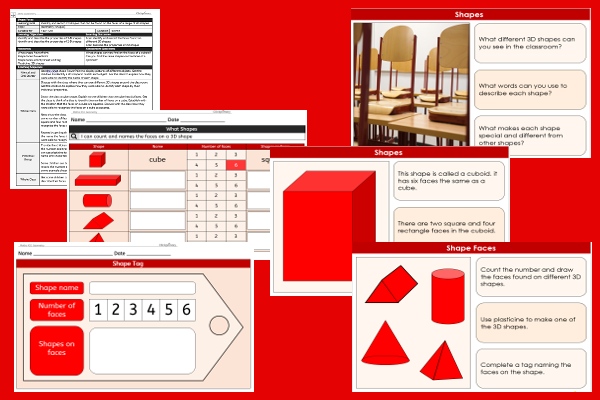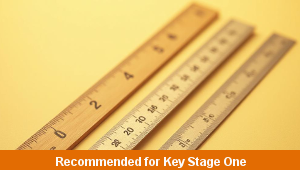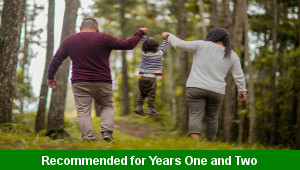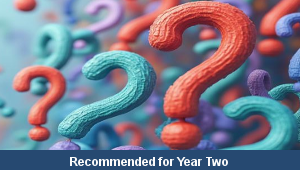Lesson Two – Shape Faces

This maths teaching pack for Key Stage One gets the children to explore how to identify and record some of the matching 2D shapes that can be found on the faces of a range of different 3D shapes.
The class can practise making and labelling models of some different 3D shapes to show how they can be the same or different in terms of their sets of faces.
Download this teaching pack including a lesson plan, classroom activities and an interactive presentation to explore how to identify and record some of the matching 2D shapes that can be found on the faces of a range of different 3D shapes
Activities in this teaching pack include a worksheet to identify and describe different 3D shapes by the matching 2D shapes that can be found on each of their faces and a template to label a model of a 3D shape identifying and describing the matching 2D shapes on their faces.
The interactive presentation gets the children to explore and record the different 2D shapes that can be found on the faces of a range of 3D shapes.
This lesson is part of a maths scheme of work to get the children to identify, describe and compare a range of different 3D shapes by their matching properties including their number of faces, edges and vertices. There are teaching activities for shared learning, differentiated worksheets to support independent learning and interactive presentations to introduce concepts and key skills.
-

Maths Measurement Assessment
Assess abilities in estimating, measuring and comparing a range of different measurements for length, mass and capacity
-

Family Life
Investigate and reflect on some of the special events and experiences that might happen in the life of a family
-

Final Sounds Word Guess
Practise playing some guessing and matching games to identify the spelling and meaning of words with different final sounds
-

Building Reports
Explore how to collect facts and information to work with when composing and presenting non-chronological reports about buildings that can be found in the local area
